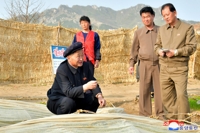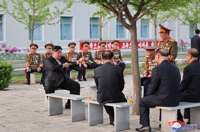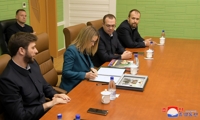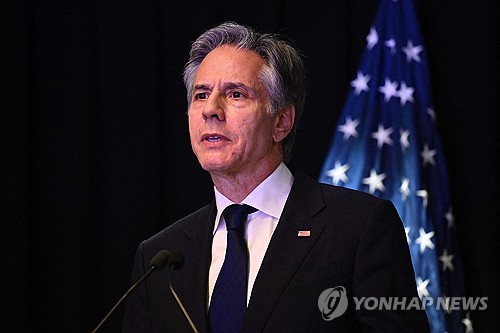Chronology of wartime operational control in South Korea
WASHINGTON, Oct. 23 (Yonhap) -- South Korea and the United States agreed Thursday to delay the planned transfer of wartime operational control (OPCON) of South Korean forces from Washington to Seoul, the two countries said. The following is a chronology of major events related to the OPCON transition.
July 14, 1950 -- South Korean President Syngman Rhee "assigns all command authority" to United States Gen. Douglas McArthur, who heads the 16-nation United Nations Command (UNC). McArthur takes over "operational command authority" of South Korea's military.
Nov. 17, 1954 -- South Korea and the U.S. enforce a mutual defense treaty under which "operational control" lies with the top U.S. commander in South Korea, who is also the head of the UNC.
Nov. 7, 1978 -- The South Korea-U.S. Combined Forces Command (CFC) is created and the top U.S. commander in South Korea, also head of the CFC, takes over operational control from the American-led UNC.
Dec. 1, 1994 -- South Korea retakes peacetime control of its armed forces from the U.S. The two sides agree on the transfer of wartime operational control "at an appropriate time," but the talks are shelved due to North Korea's pursuit of nuclear weapons.
Oct. 9, 2006 -- North Korea says it successfully carried out its first-ever test of a nuclear device.
Oct. 20, 2006 -- South Korea and the U.S agree to complete the transition of wartime command to Seoul between Oct. 15, 2009 and March 15, 2012.
Feb. 23, 2007 -- South Korea and the U.S. agree to set the transfer date at April 17, 2012.
April 5, 2009 -- North Korea launches a long-range rocket, widely seen as a covert test of its ballistic missile technology.
May 25, 2009 -- North Korea detonates an underground nuclear explosive device. The North's second such a test was believed to be more powerful than the first one tested in 2006.
March 26, 2010 -- North Korea torpedoes a South Korean warship near the tensely-guarded western sea border, killing 46 South Korean sailors. Pyongyang denies any involvement.
June 26, 2010 -- South Korea and the U.S. agree to delay the OPCON transfer by three years to Dec. 1, 2015, given the volatile security situation on the Korean Peninsula caused by North Korea's continued military provocations.
Feb. 12, 2013 -- North Korea conducts a third nuclear test at its Punggye-ri test site.
May 28, 2013 -- South Korea once again requests the postponement of the OPCON transition, citing growing threats from North Korea.
April 25, 2014 -- South Korean President Park Geun-hye and the U.S. President Barack Obama agree to reconsider the transition timing at their summit talks in Seoul.
May 31, 2014 -- Defense Ministers of South Korea and the U.S. agree to discuss when and under what conditions to transfer the OPCON by the Security Consultative Meeting due in October.
Oct. 23, 2014 -- South Korea and the U.S. agree to delay again the planned transfer of wartime OPCON until Seoul improves capabilities to counter nuclear and missile threats from North Korea, which is widely expected to be in around mid-2020s.
graceoh@yna.co.kr
(END)
-
 'Queen of Tears' weaves rich tapestry of Korean contemporary art
'Queen of Tears' weaves rich tapestry of Korean contemporary art -
 Ateez member Yunho throws first pitch at MLB match between Dodgers, Mets
Ateez member Yunho throws first pitch at MLB match between Dodgers, Mets -
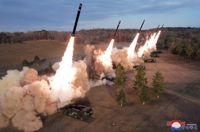 N. Korea says Kim guided simulated nuclear counterattack drills for 1st time
N. Korea says Kim guided simulated nuclear counterattack drills for 1st time -
 N. Korea calls envisioned U.S. aid to Ukraine 'hallucinogen'
N. Korea calls envisioned U.S. aid to Ukraine 'hallucinogen' -
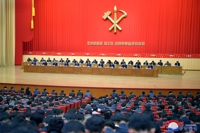 N. Korea calls on party propaganda officials to work harder
N. Korea calls on party propaganda officials to work harder
-
 'Queen of Tears' weaves rich tapestry of Korean contemporary art
'Queen of Tears' weaves rich tapestry of Korean contemporary art -
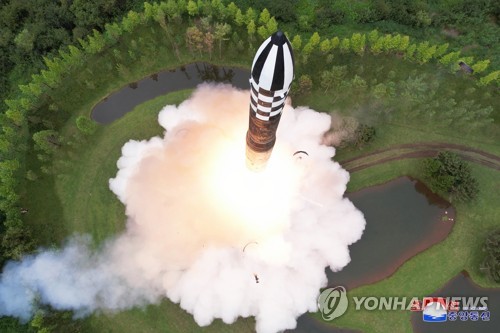 Experts see possibility of N.K. conducting nuclear test before U.S. presidential vote
Experts see possibility of N.K. conducting nuclear test before U.S. presidential vote -
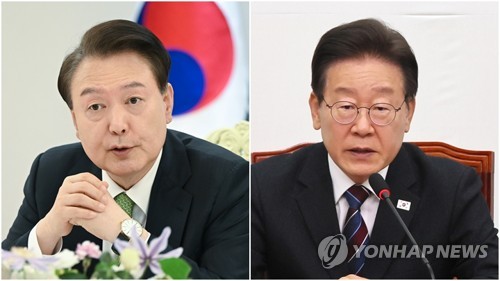 Details of meeting between Yoon, opposition leader undecided: presidential office
Details of meeting between Yoon, opposition leader undecided: presidential office -
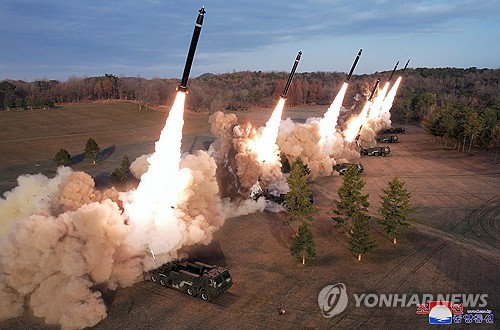 N. Korea says Kim guided simulated nuclear counterattack drills for 1st time
N. Korea says Kim guided simulated nuclear counterattack drills for 1st time -
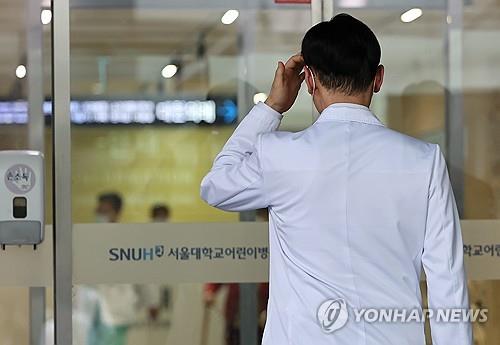 Looming weekly closure of major hospitals feared to worsen medical service crisis
Looming weekly closure of major hospitals feared to worsen medical service crisis
-
 S. Korea eliminated in Olympic football qualifiers as poor defense, undisciplined play prove costly
S. Korea eliminated in Olympic football qualifiers as poor defense, undisciplined play prove costly -
 Indonesia coach left with mixed feelings after eliminating native S. Korea in Olympic football qualifiers
Indonesia coach left with mixed feelings after eliminating native S. Korea in Olympic football qualifiers -
 10-man S. Korea lose to Indonesia to miss out on Paris Olympic football qualification
10-man S. Korea lose to Indonesia to miss out on Paris Olympic football qualification -
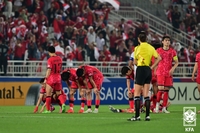 (LEAD) 10-man S. Korea lose to Indonesia to miss out on Paris Olympic football qualification
(LEAD) 10-man S. Korea lose to Indonesia to miss out on Paris Olympic football qualification -
 ADOR CEO calls conflict with Hybe 'worst experience of my life'
ADOR CEO calls conflict with Hybe 'worst experience of my life'















